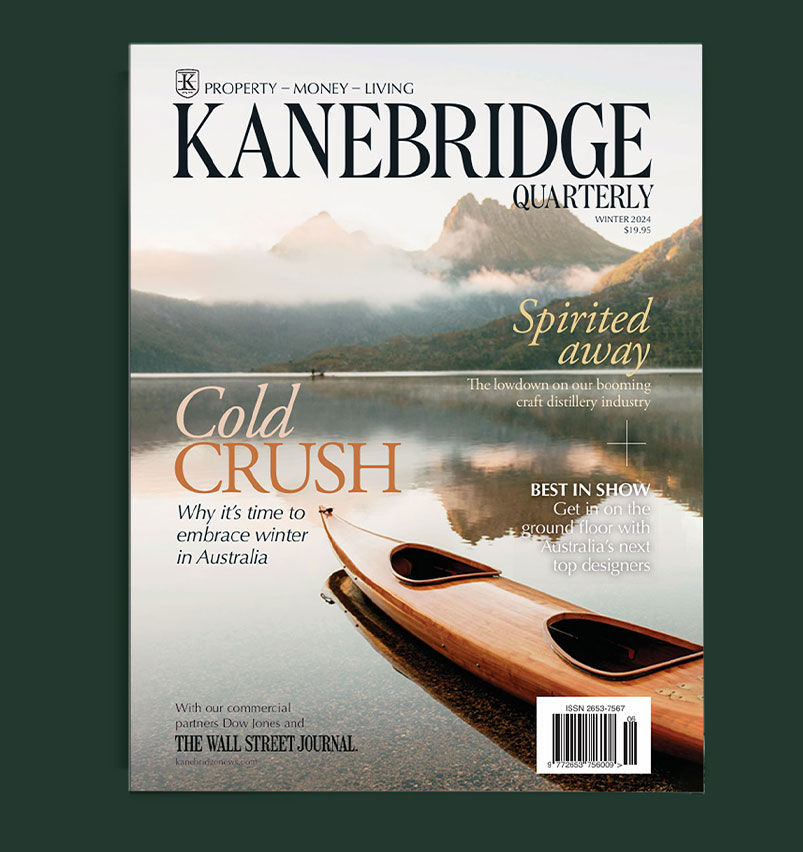China Increases Bond Issuance to Help Its Economy
Move to fund infrastructure projects comes alongside unusual increase of budget-deficit target
China ramped up efforts to stimulate its beleaguered economy, issuing additional sovereign bonds and raising its budget-deficit target, the first time it revised its budget outside the regular legislative session in more than a decade.
The country’s top legislative body approved on Tuesday a plan to raise 1 trillion yuan, equivalent to around $137 billion, in additional sovereign debt, half for use before the end of this year and half for next year, according to the official Xinhua News Agency. Policy makers said the bond issuance was intended for infrastructure projects in the wake of severe flooding and other natural disasters, Xinhua reported.
The latest stimulus, which follows a flurry of piecemeal measures such as interest-rate cuts and the lowering of mortgage costs for home buyers, signals that Beijing continues to worry about the weakness of the economic rebound it had counted on after doing away with all pandemic restrictions.
Part of the problem is a mounting debt burden for local governments in more areas of the country and a real-estate crisis that shows little sign of abating. Beijing has so far avoided offering support to households to help the economy transition into one more driven by consumption, in large part because of leader Xi Jinping’s focus on ideology and reluctance to resort to handouts to consumers.
While many economists puzzled over the timing of the announcement as growth in recent weeks has appeared to stabilize, they viewed the new debt issuance as incremental in nature and said it wouldn’t be enough to reverse longstanding headwinds for the economy such as a lack of demand from businesses and consumers.
The 1 trillion yuan of sovereign bonds make up less than 1% of China’s gross domestic product. By comparison, the stimulus China launched in the 2008 global financial crisis accounted for more than 12% of its GDP at the time.
“It’s certainly not a game changer,” said Larry Hu, chief China economist at Macquarie Group. “But it confirms that the overall policy stance stays supportive given the recovery is still fragile.”
Some economists say the stimulus bill sent an unusual signal that the central government is willing to shoulder responsibility in funding infrastructure projects, after leaving the task to local governments for much of the past few decades.
The Wall Street Journal reported in June that policy makers weighed issuing around 1 trillion yuan in special treasury bonds to help indebted local governments and prop up business confidence. The policy proposal didn’t get approved at the time by Xi, who has centralized decision-making. In the top leader’s view, austerity is preferred over stimulus, according to people close to Beijing’s policy-making process.
But the heavy flooding this summer displaced millions of people and further strained finances in northeast China, especially the province of Hebei that neighbors Beijing. Public anger flared up following the losses caused by the flood.
The decision to help the disaster-struck regions was made at a high-level meeting presided over by Xi in August, according to Tuesday’s Xinhua article.
Much of the new debt raised will be used to help with reconstruction after recent flooding, improve urban drainage and help fend off other natural disasters, according to the plan that was approved by the standing committee of the National People’s Congress this week, Xinhua said.
As a result, China’s official fiscal deficit, which doesn’t count special bonds issued by local governments, will rise to 3.8% of GDP, up from the 3% ceiling set by the government in March.
While the fresh stimulus should help China maintain 10% growth in infrastructure investments for the remainder of the year, according to Hu from Macquarie Group, it falls short of the type of stimulus that economists say China desperately needs: direct or indirect transfer of wealth to households to boost consumption.
Chinese officials last week reported a stronger-than-expected 4.9% on-year growth in the third quarter, a result that will likely ensure China will hit around 5% growth this year as desired, dimming the prospect for Beijing to unleash more relief measures urgently, economists said.
China last changed its budget outside the legislative session in 2008, when officials said they planned to spend 1 trillion yuan in funds raised through local government funding, bank loans, donations from residents and other channels to rebuild areas devastated by the Sichuan earthquake. Later that year, Beijing announced a stimulus package it billed as totaling $586 billion to bolster domestic demand and help avert a global recession.
“It is rare for the central government’s fiscal plans to be revised outside the usual budget cycle, so this move signals clear concern about near-term growth,” economists from Capital Economics said in a note to clients.
The funding gap for local officials has been exacerbated by the bursting property bubble, since local governments long have counted on land sales as a source of revenue, said Wei Yao, chief Asia economist at Société Générale.
“At minimum, Beijing recognized that local governments face structural fiscal constraints,” she said. “That’s a pretty big deal.”
 Copyright 2020, Dow Jones & Company, Inc. All Rights Reserved Worldwide. LEARN MORE
Copyright 2020, Dow Jones & Company, Inc. All Rights Reserved Worldwide. LEARN MORE
This stylish family home combines a classic palette and finishes with a flexible floorplan
Just 55 minutes from Sydney, make this your creative getaway located in the majestic Hawkesbury region.
Continued stagflation and cost of living pressures are causing couples to think twice about starting a family, new data has revealed, with long term impacts expected
Australia is in the midst of a ‘baby recession’ with preliminary estimates showing the number of births in 2023 fell by more than four percent to the lowest level since 2006, according to KPMG. The consultancy firm says this reflects the impact of cost-of-living pressures on the feasibility of younger Australians starting a family.
KPMG estimates that 289,100 babies were born in 2023. This compares to 300,684 babies in 2022 and 309,996 in 2021, according to the Australian Bureau of Statistics (ABS). KPMG urban economist Terry Rawnsley said weak economic growth often leads to a reduced number of births. In 2023, ABS data shows gross domestic product (GDP) fell to 1.5 percent. Despite the population growing by 2.5 percent in 2023, GDP on a per capita basis went into negative territory, down one percent over the 12 months.
“Birth rates provide insight into long-term population growth as well as the current confidence of Australian families,” said Mr Rawnsley. “We haven’t seen such a sharp drop in births in Australia since the period of economic stagflation in the 1970s, which coincided with the initial widespread adoption of the contraceptive pill.”
Mr Rawnsley said many Australian couples delayed starting a family while the pandemic played out in 2020. The number of births fell from 305,832 in 2019 to 294,369 in 2020. Then in 2021, strong employment and vast amounts of stimulus money, along with high household savings due to lockdowns, gave couples better financial means to have a baby. This led to a rebound in births.
However, the re-opening of the global economy in 2022 led to soaring inflation. By the start of 2023, the Australian consumer price index (CPI) had risen to its highest level since 1990 at 7.8 percent per annum. By that stage, the Reserve Bank had already commenced an aggressive rate-hiking strategy to fight inflation and had raised the cash rate every month between May and December 2022.
Five more rate hikes during 2023 put further pressure on couples with mortgages and put the brakes on family formation. “This combination of the pandemic and rapid economic changes explains the spike and subsequent sharp decline in birth rates we have observed over the past four years,” Mr Rawnsley said.
The impact of high costs of living on couples’ decision to have a baby is highlighted in births data for the capital cities. KPMG estimates there were 60,860 births in Sydney in 2023, down 8.6 percent from 2019. There were 56,270 births in Melbourne, down 7.3 percent. In Perth, there were 25,020 births, down 6 percent, while in Brisbane there were 30,250 births, down 4.3 percent. Canberra was the only capital city where there was no fall in the number of births in 2023 compared to 2019.
“CPI growth in Canberra has been slightly subdued compared to that in other major cities, and the economic outlook has remained strong,” Mr Rawnsley said. “This means families have not been hurting as much as those in other capital cities, and in turn, we’ve seen a stabilisation of births in the ACT.”
This stylish family home combines a classic palette and finishes with a flexible floorplan
Just 55 minutes from Sydney, make this your creative getaway located in the majestic Hawkesbury region.






















